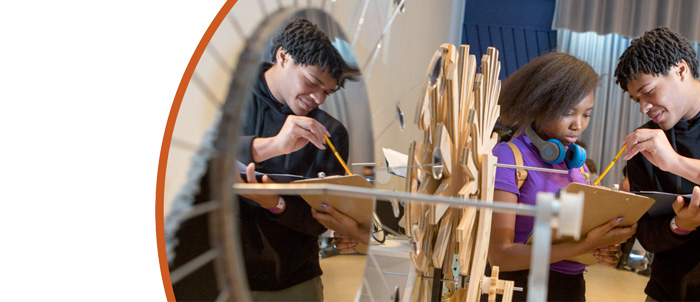Algebra Instruction at Community Colleges: An Exploration of its Relationship with Student Success
Effective Years: 2016-2020
Community colleges serve a large portion of students who require mathematics at the undergraduate level and play an increasing role in STEM workforce development. There is a growing national interest in the role of community colleges for undergraduate education. The proposal seeks to investigate the conditions under which instruction in community college algebra courses can be associated with student learning gains and course performance. This information can be used to design programs to improve instruction and to support student success in algebra. The study involves six community colleges from three states and focuses on three key algebra topics: linear equations, rational equations, and exponential equations. The results will also have applications for mathematics courses at other institutions of higher education. This project is supported by NSF's EHR Core Research (ECR) program. The ECR program emphasizes fundamental STEM education research that generates foundational knowledge in the field.
The project will connect both levels of the classroom (students and instructors) in a model that examines personal characteristics of both groups (e.g., gender, ethnicity, educational background, student mathematics knowledge, and beliefs about mathematics) and aspects of classroom interaction (e.g., quality of mathematics, quality of instruction). The institutions represent urban, suburban, and rural communities, a range of institution sizes, and three different regions of the United States. A model is proposed for examining these related variables to examine what relationships exist. Quantitative and qualitative data will be collected in a mixed methods design in multiple project phases. The first phase will include pilot testing some of the instruments for the project and testing the models. Later phases include data collection and analysis across the institutions. Data collection includes student-level and instructor-level measures. For students, the project will examine measures of mathematics performance, mathematics beliefs, and perceptions of the classroom environment. For instructors, the project will examine knowledge, beliefs, and attitudes. Demographic information will be collected for all participants. In addition to the quantitative measures, classroom observations and video analysis will be used to document the nature of instruction.




